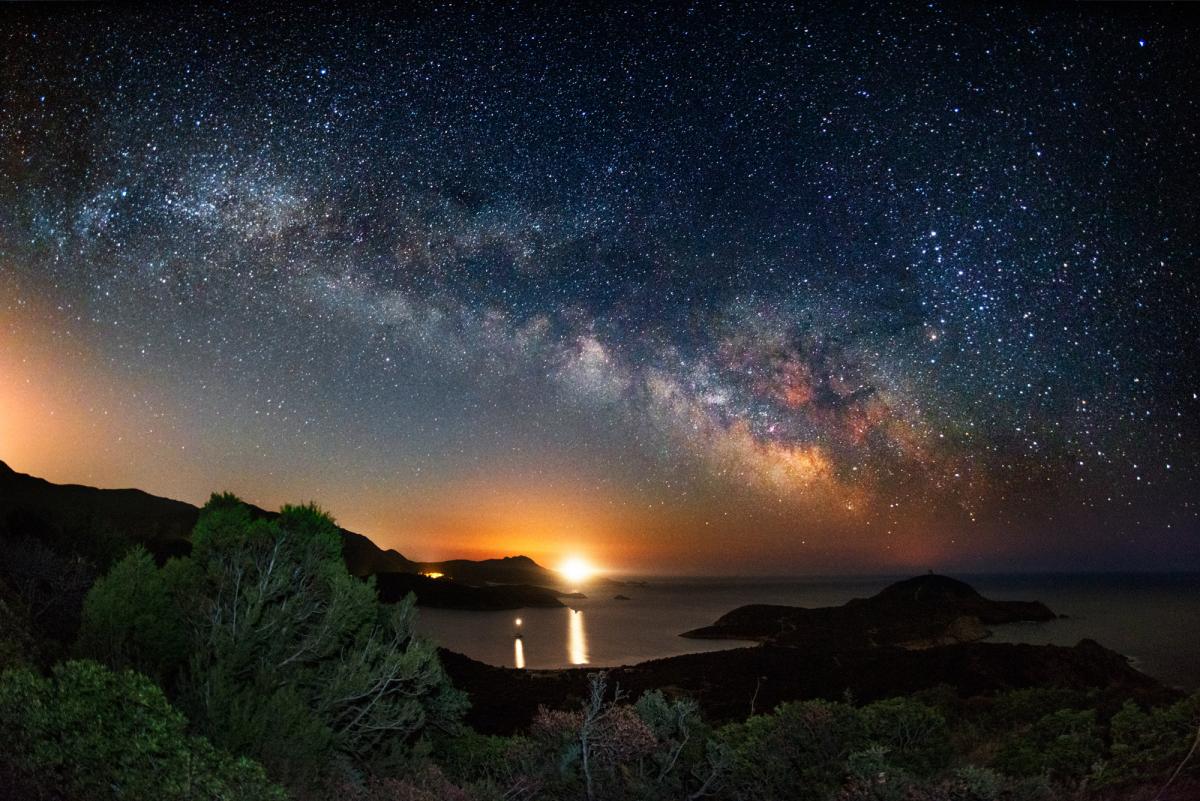
The Necessity for Observatory-Friendly LEDs and SSLs
In October 2018, the Illuminating Engineering Society (IES) Street and Area Lighting Conference (SALC) convened in Orlando, Florida, to discuss the most recent developments in lighting solutions and energy efficiency. In contrast to previous SALC’s, this conference emphasized the challenges LEDs face when trying to simultaneously provide safe environments, meet the expectations of constituents, and remain observatory-friendly. Below is a summary of the event and a few thoughts from ourselves here at CWES.
Illuminating Engineering Society Street and Area Lighting Conference
Beginning with a presentation on Orlando municipality, a local official revealed a new project to improve the city of Orlando’s energy usage by transitioning to LED-based smart streetlights. The conference then transitioned to its keynote presentation, where the president of the Lighting Design Alliance, Chip Israel investigated the changes in lighting technology throughout Orlando’s various theme parks. While not extraordinarily relevant to street lighting, Israel’s presentation effectively demonstrated the long-existing goal of balancing sufficiency with efficiency in lighting. He additionally addressed that LED lighting was an excellent method of achieving that goal, and praised LED’s longevity. The keynote presentation concluded with an appeal for better uniformity in lighting levels within the industry, as well as a push for better distribution of light with regard to nighttime city illumination.
The conference then addressed the need to reduce sky glow and restore dark skies. University of Hawaii Astronomer, Richard Wainscoat, illustrated the waning effectiveness of observatories due to the exponential increase of sky glow and the potential dangers of light pollution, suggesting that some NEOs (Near Earth Objects) might not be detected before a catastrophe. Leading into the thesis of his presentation, Wainscoat argued that light levels need to be reduced, and lighting shields should be implemented to reduce uplight. He also suggested that the blue spectrum of light from both LED and legacy fixtures interferes with modern telescopes’ light filters, ending with the suggestion that blue light filters on the lights themselves may be integral in solving this critical issue.
The conference attendees came to conclude that outdoor lighting quality and LEDs are finally improving. Technology is advancing and, as a result, more can be done from an environmental perspective. Maury Wright, the editor in chief for LEDs Magazine came away from the conference with a greater understanding of the complexity of observatory friendliness and the necessity for safer, more efficient lighting.
Here at CWES, we found the conference as well as Wright’s commentary extraordinarily interesting. His discussion on lighting near observatories and the reference to an associate, Richard Wainscoat was particularly notable.
As background information, CWEs notes that in 2010, the County of Hawaii (COH) and the observatory community located atop Mauna Kea faced a conundrum on the Big Island. Power costs were increasing at a rate that prohibited the COH from using the existing Low-Pressure Sodium lights, the long preferred outdoor lighting source of the observatory. The only viable alternative was the "new" LED. In 2010 the 5000K LED was just barely efficient enough to meet roadway specs, but it emitted 25% blue light, and that blue light content made this solution a non-starter for the astronomy community due to concerns that Wainscoat alluded to in his presentation at SALC in Orlando. Rayleigh Scattering of the blue light causes a blind spot in the telescope detectors, a portion of the spectra which is critical to many deep space programs.
Without going into details, the two parties agreed on a path forward using a Filtered LED (FLED) developed and supplied by C&W Energy Solutions. In 2010 the first demo of 14 pieces was installed for a 2-year test. This was followed by a second test for 18 months with a 1000 piece install of roadway lights in 2012.
Today, CWES has over 12,000 roadway lights installed around the island and > 5,000 other FLED outdoor lights in shopping centers, resorts, airports, harbors, and other locations. After 6 years of use, the astronomy community has determined that this solution does not interfere with their research. The COH has seen the roadway lighting electrical budget reduced 60% and the maintenance reduced >60%.
As an aside, we offer two pieces of anecdotal evidence to support the last comment of acceptance. In August of 2018, the IFA (Institute For Astronomy) awarded the COH Traffic Chief, a key player from the COH, a special honor. An asteroid discovered in 1981 is now identified as Asteroid 9923RonaldThiel. This is due to the efforts of Richard Wainscoat and some of his colleagues. Also, the new TMT (Thirty Meter Telescope) has been given clearance to move forward on Mauna Kea. Clearly, the TMT commitment would not have been made without acceptance of this FLED solution.
CWES’ Bob Adams presented a paper discussing this work at the 2018 ALAN (Artificial Light At Night) conference held in Salt Lake City in early November 2018. Quantitative work was done showing the reduction of energy in the night sky and how the FLED turned out to be a Friendly LED as well as Filtered LED.
Additional telescope installations, both amateur and professional, have expressed interest in the FLED. Now, other environmental organizations are looking to the FLED as well. How do spectra impact insects, turtles, salmon, and many other parts of the world around us? Perhaps the FLED might help light the way.
If you’re as passionate about lighting solutions and their environmental impacts as we are, contact us! Visit our website to see everything we have to contribute towards the dark sky initiative.
LEDs Magazine Articles:
https://www.ledsmagazine.com/articles/print/volume-15/issue-9/columns-departments/commentary/led-and-ssl-technology-must-evolve-in-observatory-friendly-manner.html
https://www.ledsmagazine.com/articles/print/volume-15/issue-9/features/conference/salc-moves-toward-a-focus-on-led-light-quality-and-less-sky-glow-magazine.html